Nutrient Pollution From Agricultural Production: Overview, Management and a Study of Chesapeake Bay
Nutrients are elements essential to plant and animal growth. In agricultural production, the focus generally rests on the three primary macronutrients––nitrogen (N), phosphorus (P), and potassium (K)—because of their relative abundance in plants. As crops grow and are harvested, they gradually remove the existing nutrients from the soil and over time will require additional nutrients to maintain or increase crop yield. When nutrients are added in excess of the plants' ability to utilize them, there is an increased risk that the nutrients will enter the surrounding environment (water or air) and create environmental problems. The nutrients of primary environmental concern in agriculture are nitrogen and phosphorus. This book discusses the types and sources of nutrient pollution from agricultural production; possible environmental effects of nutrient pollution; examples of current control measures; the federal response to excess nutrients, including regulatory and incentive-based programs; and future considerations for nutrient management policy at the federal level.
{{comment.content}}
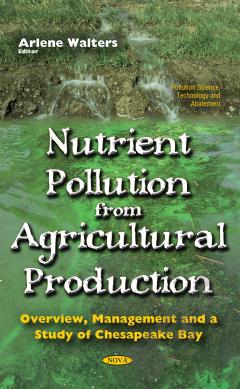

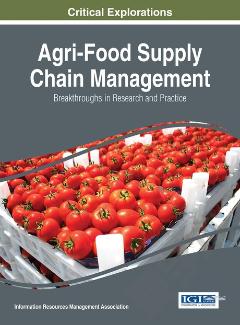
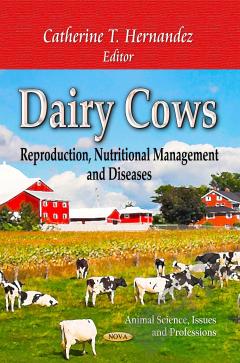
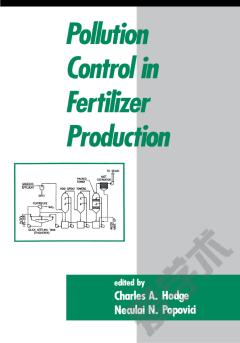

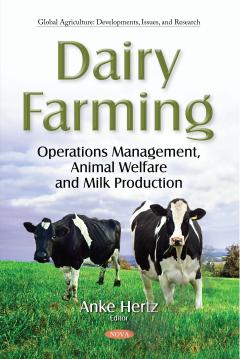

 京公网安备 11010802027623号
京公网安备 11010802027623号